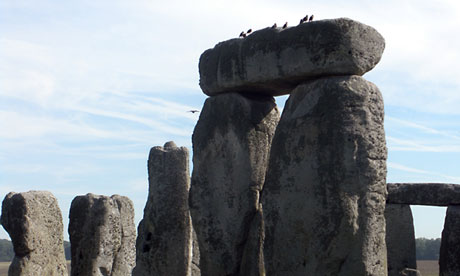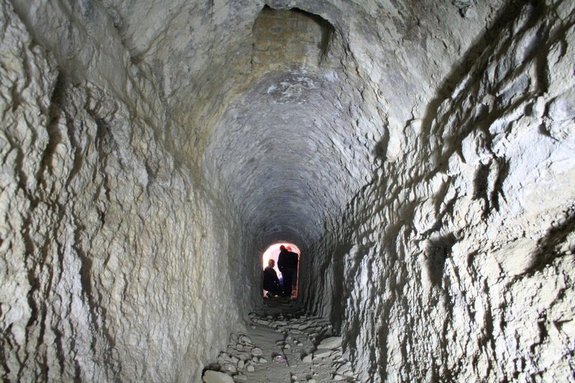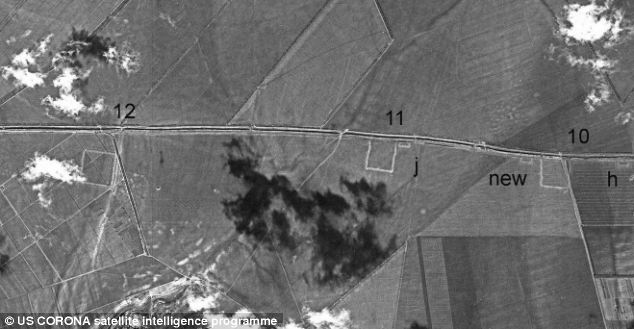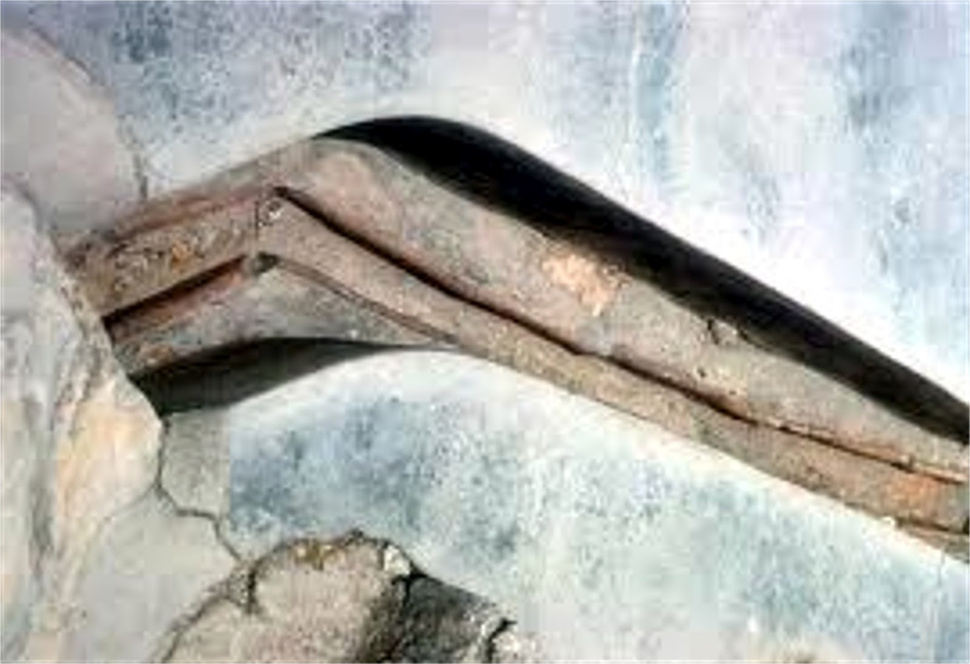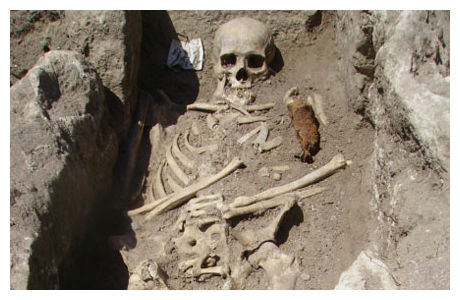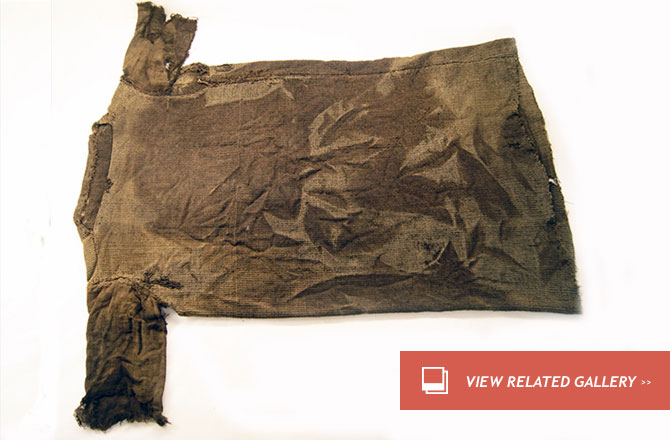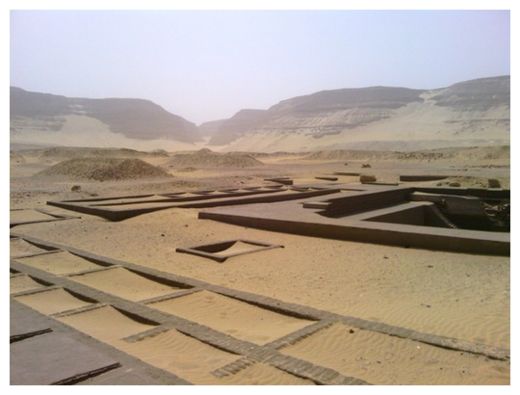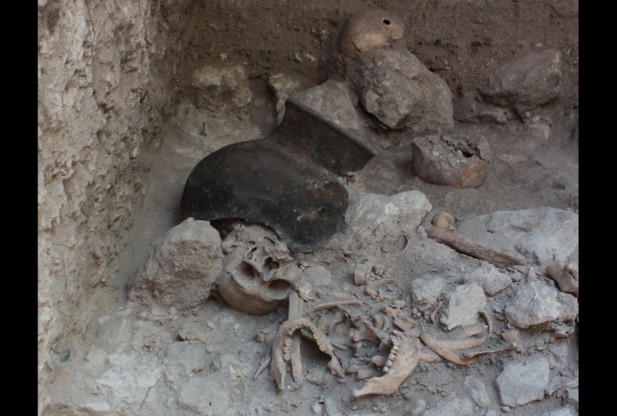
Scientists from the Department of Anthropology of the Americas at the University of Bonn discovered a mass grave in an artificial cave in the historical Maya city of Uxul containing 24 individuals who were decapitated and dismembered. The bones discovered are about 1,400 years old, and the scientists assume that the victims were either prisoners of war or nobles from Uxul itself.
The team has been excavating in the historical Maya city of Uxul in Campeche, Mexico for the past five years in hopes of researching the origins and the collapse of regional states in the Maya lowlands. Their findings indicate that the artificial cave was not always a mass grave site, but was also used as a water reservoir.
"Aside from the large number of interred individuals, it already became apparent during the excavation that the skeletons were no longer in their original anatomical articulation", says archaeologist Nicolaus Seefeld.

